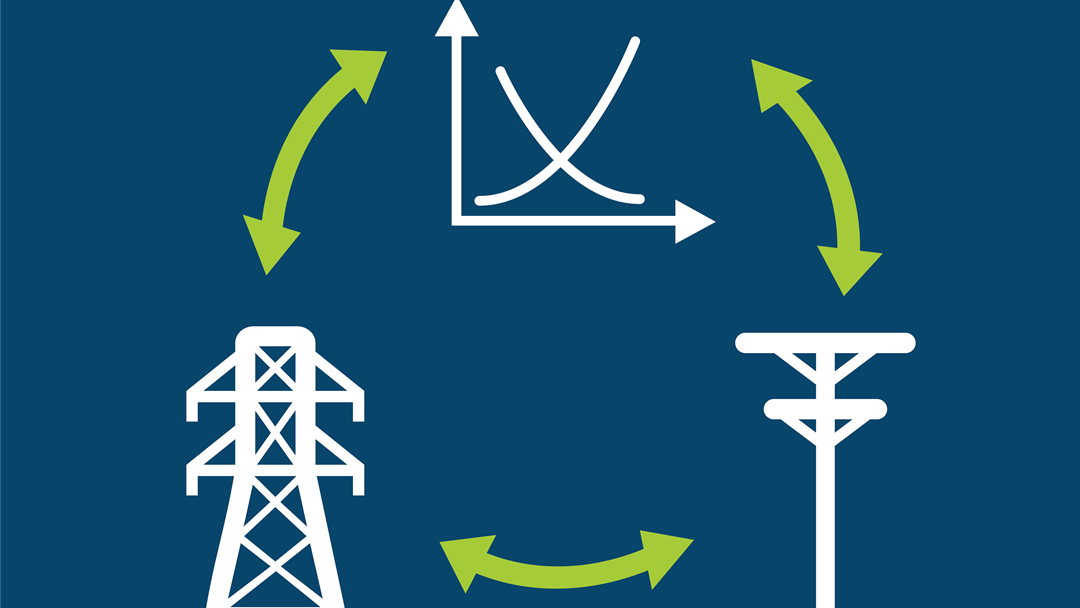- Name
- Magnus Korpås
- Title
- WP3 Lead
- Organization
Coordination mechanism through high-level UC development between DSO and TSO
Challenge and objective
- Increased Distributed Energy Resources (DER) connections, including distributed generation (DG), electricity storage and demand flexibility, to the distribution grid and multi-directional power flow, changing how to operate the distribution grid.
- Objective to demonstrate the benefits of a coordination mechanism through high-level Use Case (UC) development between DSO and TSO.
Work performed
- Coordination scheme depending on an OPF tool attributing Multi-Objective (MO) optimization, considered as means resolving future operational challenges.
- Defined interoperation chain depending on sequential optimizations and exchange of relevant information and setpoints.
- Use case implemented in simulations, to manage long term voltage variations.
Significant results
- Demonstration of benefits of TSO-DSO coordination at operational level with the fewer variable voltage profiles and closer to the required references.
- Illustration of the impact of rerouting reactive power on the total loss in the grid.
Impact for distribution system innovation
- Operational benefits from TSO and DSO coordination in utilization of flexible resources and voltage control.

Figure: IUC TSO Bus Voltage

Reference in CINELDI
- M. Farooq: "TSO - DSO Coordination for Voltage Control: Simulation Study and Use Case Development", Master thesis, NTNU, July 2020 (Webinar 2020-08-18 Benefits of TSO-DSO coordination for voltage control).

